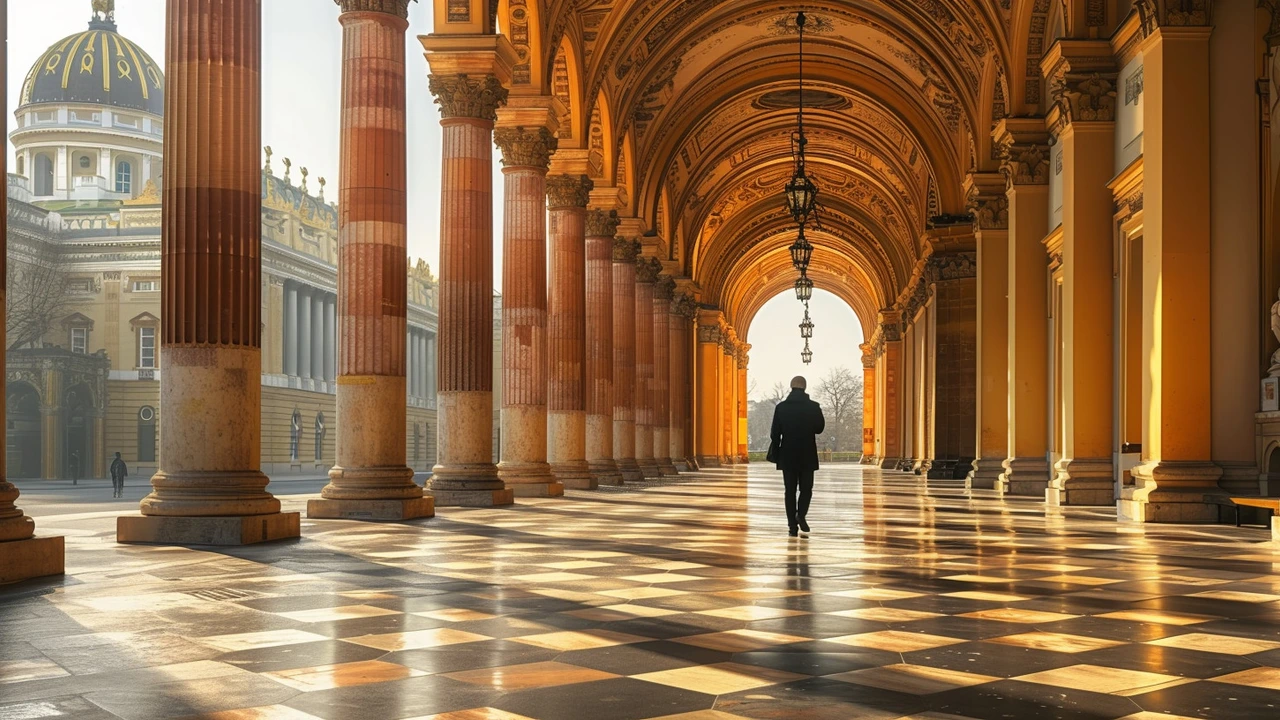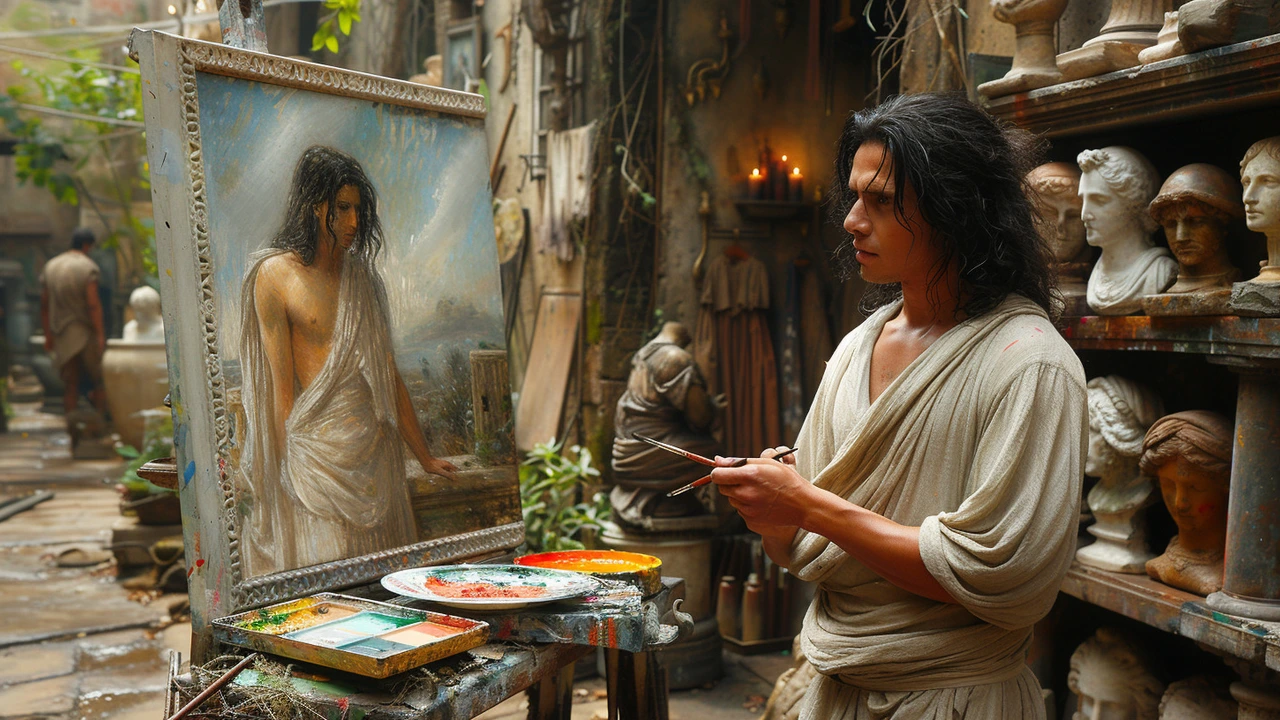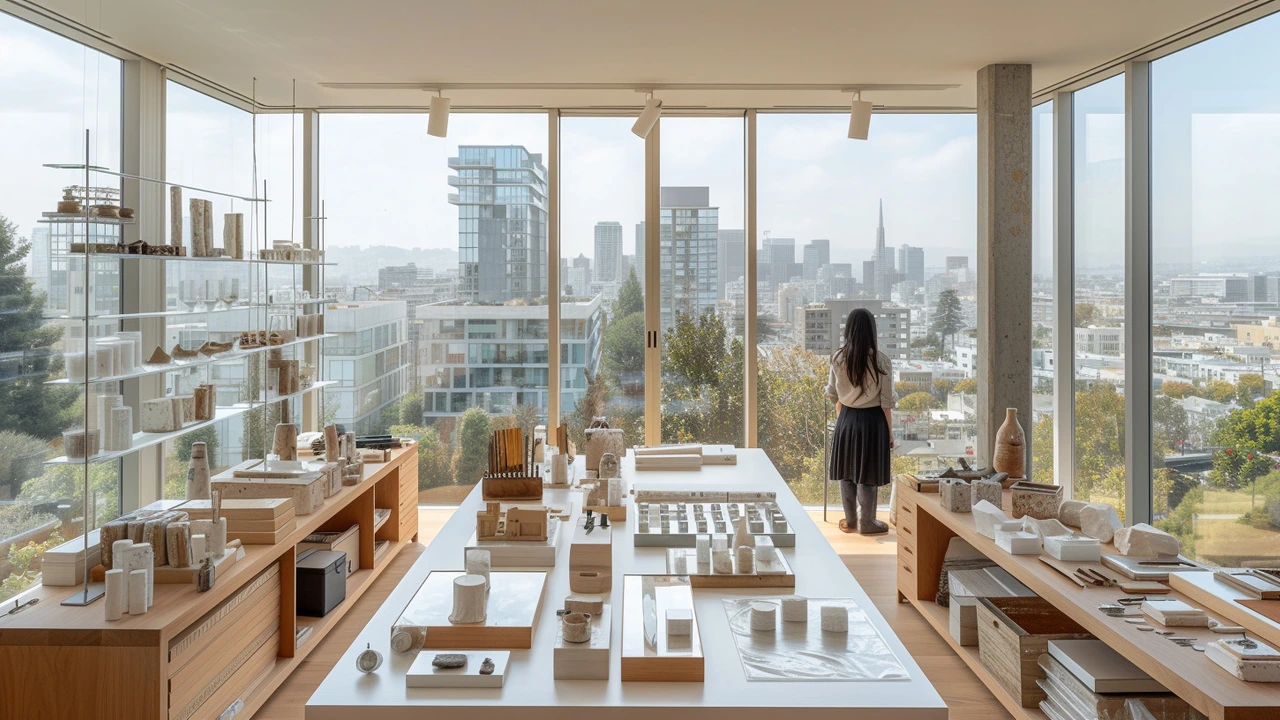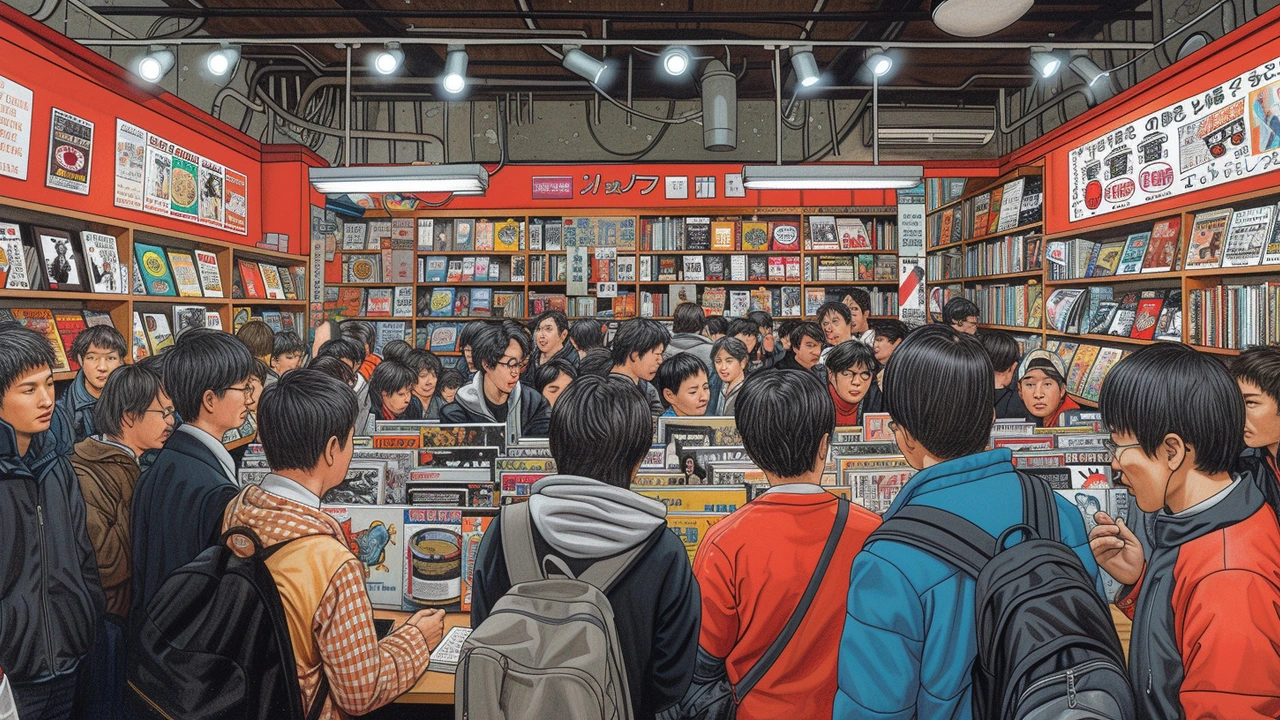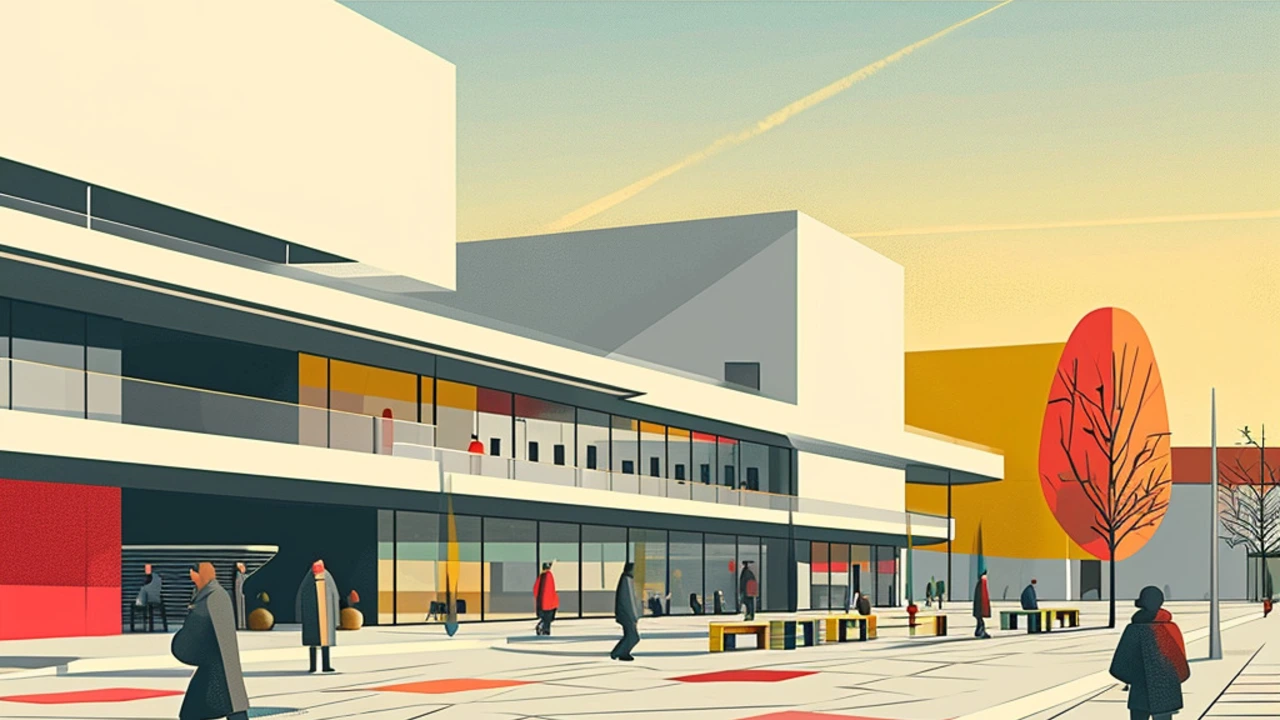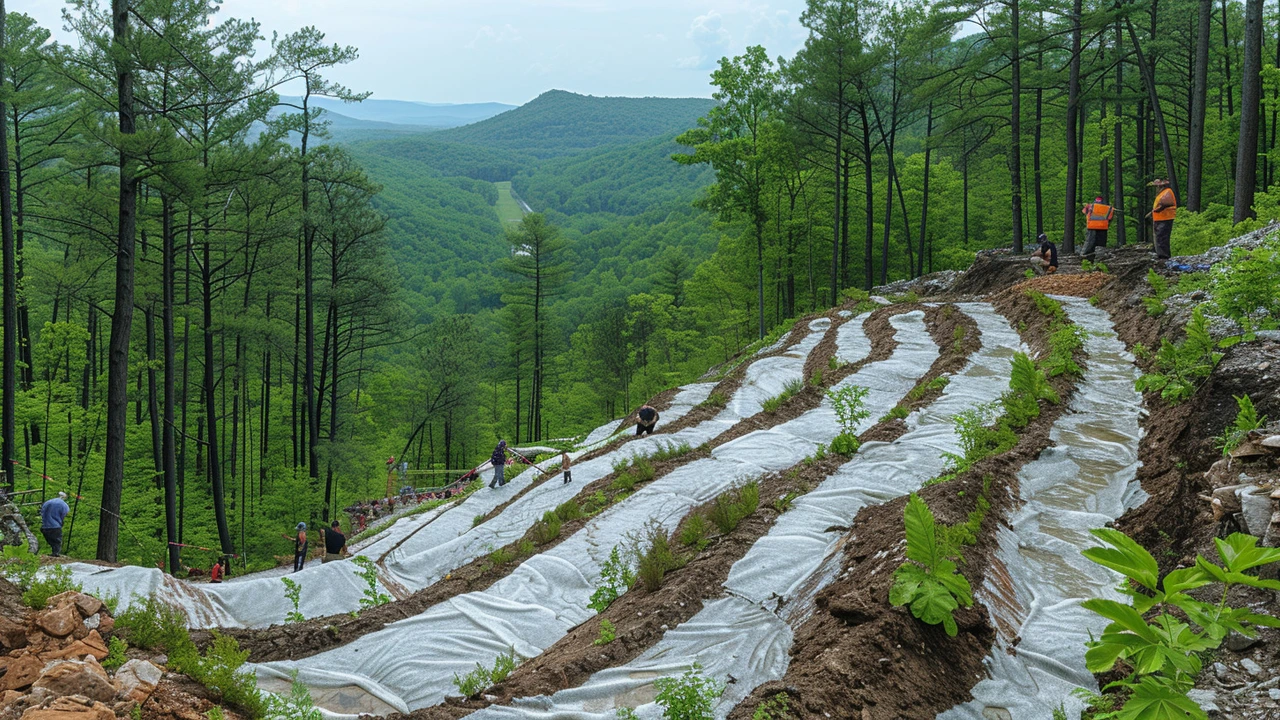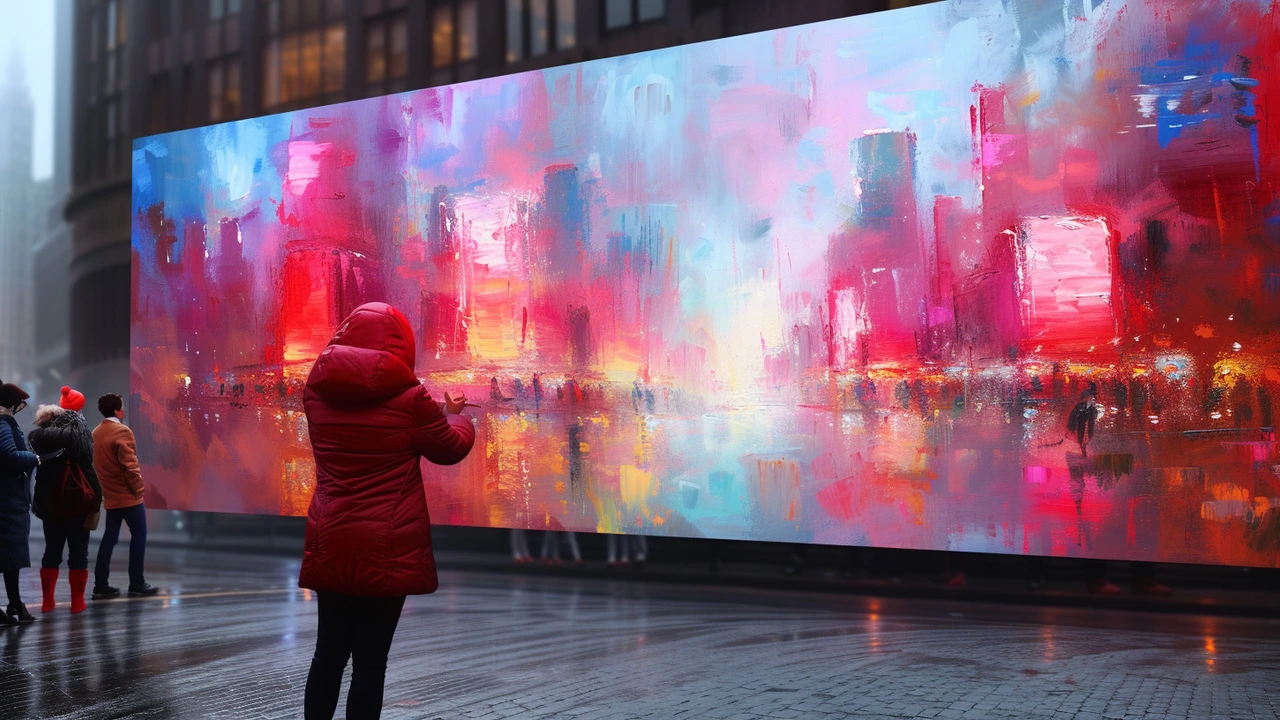September 2023 — Highlights from Paul Artistry
September brought a tight, varied set of posts that trace how old traditions meet newer experiments. If you want quick reads that explain art movements and practical making, this month’s archive covers sculpture roots, revived classics, bold pop imagery, live performance, site-specific installations, Bauhaus ideas, land-based works, and modern reflections.
Each piece is short, clear, and aimed at readers who want to understand what makes these movements matter today. Expect concise histories, clear characteristics to spot in artworks, and behind-the-scenes notes for people curious about how art gets made.
What you'll find: movement snapshots and hands-on insights
The posts on Classicism in sculpture and Neoclassicism explain how classical ideals—balance, harmony, lifelike form—keep shaping artists. They show concrete examples and trace simple lines from antique marble to later revivals so you can see the continuity without heavy jargon.
Pop Art and Modern Art pieces break down visual grammar. For Pop Art, the article lists key artists, ideas, and a few iconic works to recognize. The Modern Art post focuses on how contemporary artists reflect daily life, pointing to specific strategies like appropriation, abstraction, and social commentary you can spot in galleries or online.
Practice, performance, and place
Two posts zero in on process: one on making installation art and another on performance art. The installation guide walks through stages—concept, materials, site planning, and practical logistics—so you get a sense of what a maker actually does. The performance piece talks about intention, audience reaction, and unpredictability, with examples that clarify how meaning forms in the moment.
Bauhaus and Land Art round out the month with design and scale. The Bauhaus post explains its blend of craft and industry and points to simple design choices you can try at home. The Land Art article highlights works that use the landscape itself, explaining how context, materials, and time change how we read a piece.
Across these posts you’ll find clear takeaways: how to identify a movement’s traits, why historical ideas persist, and what to notice when you visit a show or try a project. The tone stays practical—no dense theory—so you can read one and walk away with tangible insight.
If you prefer a specific entry first, start with the topic that matches your curiosity: history and form (Classicism/Neoclassicism), visual language (Pop/Modern), process (Installation/Performance), or context and design (Land Art/Bauhaus). Each post links to examples and suggests a few artists to explore next.
Want a quick action? Pick one small project inspired by a post—sketch a Pop composition, plan a tiny installation, or map a local site for a land-based idea. These posts are designed to explain and inspire, not overwhelm. Enjoy exploring the month.

